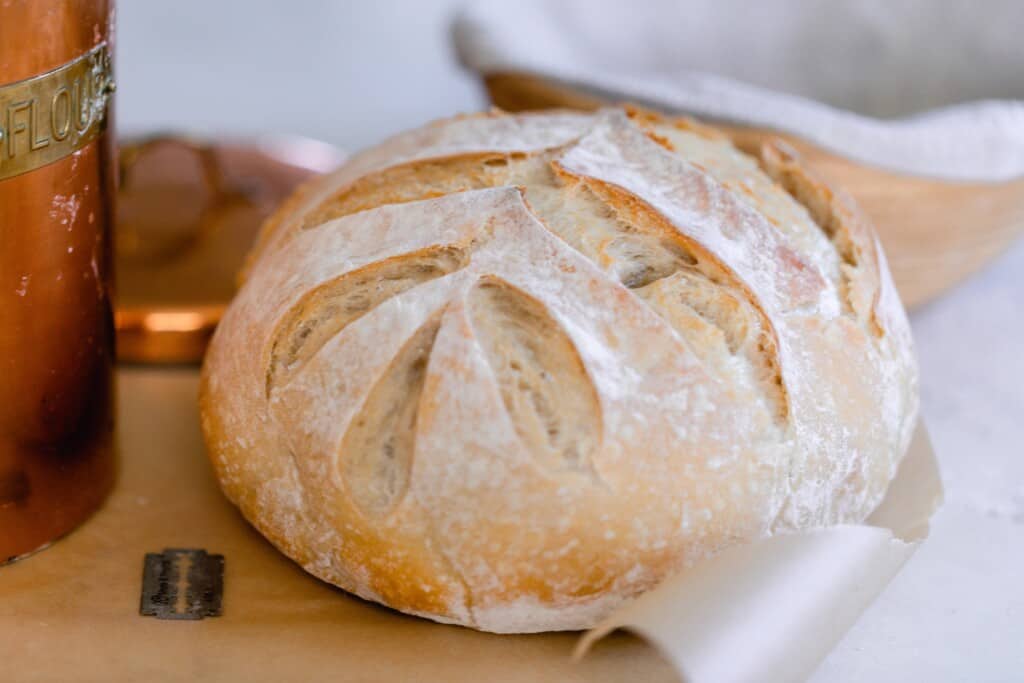Sourdough Bread: A Timeless Classic
Sourdough bread, a type of bread leavened with a natural culture of yeast and bacteria, has been enjoyed for centuries. Its unique flavor and chewy texture have made it a beloved choice for many.
The Sourdough Starter
The heart of sourdough bread is the sourdough starter, a mixture of flour and water that is fermented by wild yeast and bacteria. This starter gives sourdough bread its distinctive tangy flavor and complex aroma.
The Fermentation Process
The fermentation process, which can take several days, allows the gluten in the flour to develop, resulting in a chewy and elastic dough. This slow fermentation also contributes to the bread’s unique flavor and aroma.
Health Benefits of Sourdough Bread
While sourdough bread is not inherently healthier than other types of bread, it may offer some potential health benefits:
- Improved Digestion: The fermentation process can break down complex carbohydrates, making them easier to digest.
- Lower Glycemic Index: Sourdough bread may have a lower glycemic index compared to other types of bread, which can help regulate blood sugar levels.
Making Sourdough Bread at Home
Making sourdough bread at home can be a rewarding experience. While it requires patience and attention to detail, the results are well worth the effort. The process involves feeding and maintaining the sourdough starter, mixing the dough, shaping the loaves, and baking them to perfection.
Would you like to learn more about the history of sourdough bread, specific techniques for making it, or the different types of sourdough bread available?
